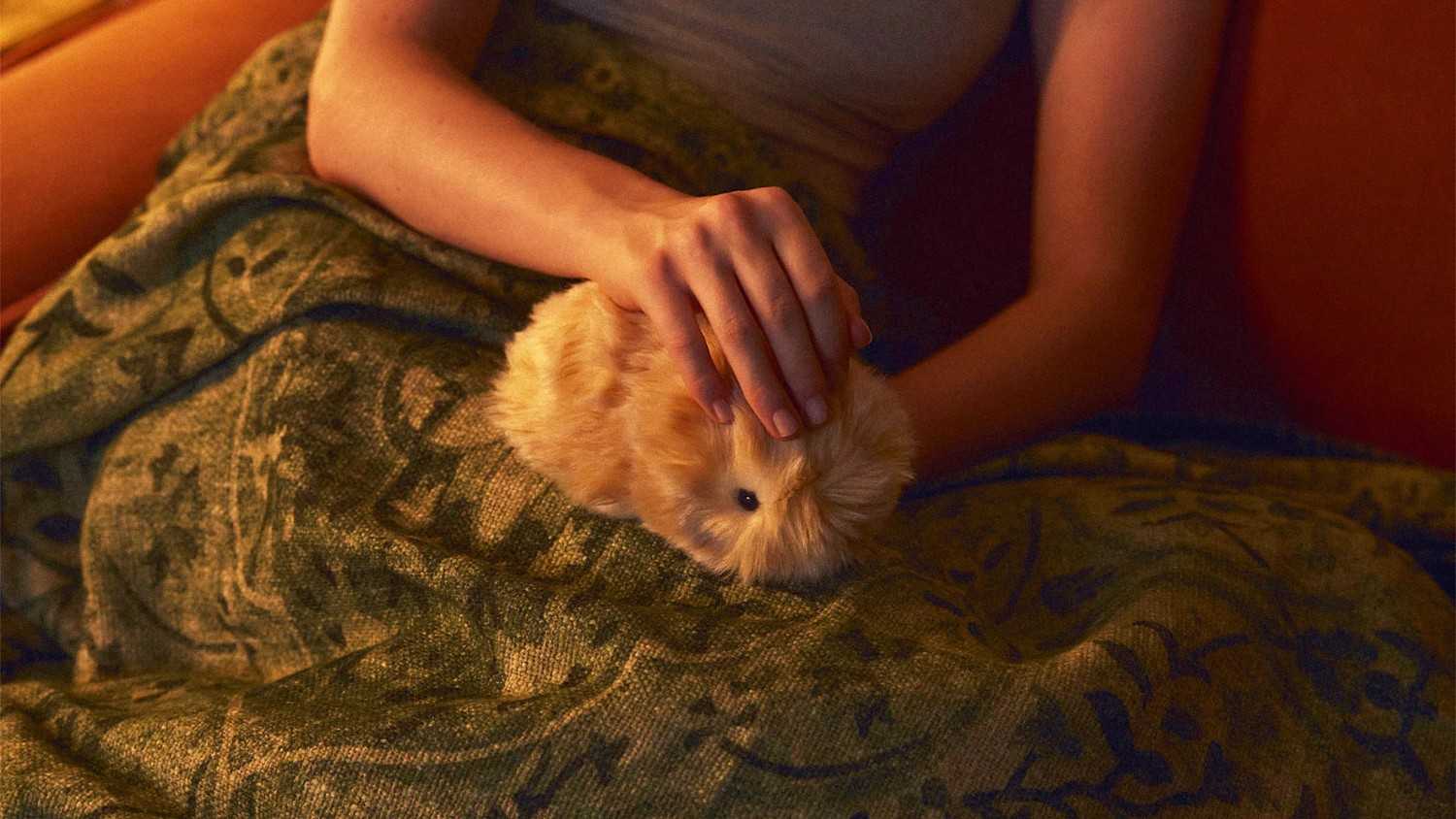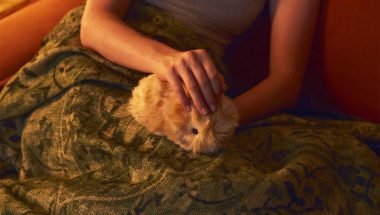- | 10:00 am
To make this 100% recycled sweater, Reformation had to get creative
Cashmere has a huge carbon footprint. To tackle the challenge of a sustainable sweater, Reformation turned to recycling—and an unexpected material.

It looks and feels like any other luxurious cashmere sweater. But a new oversized crew from Reformation is made entirely from recycled fiber, a milestone three years in the making.
The brand now makes a cardigan, crew, V-neck, and five other styles from a carefully developed blend of 95% recycled cashmere and 5% recycled wool—the unexpected material that made 100% recycled fiber feasible. Some other pieces in its lineup still use a small amount of virgin cashmere, but Reformation is aiming to eliminate it completely.
“It really does have an outsized and shockingly large footprint compared to other fiber,” says Kathleen Talbot, Reformation’s chief sustainability officer. In 2023, the company calculated that even though virgin cashmere made up less than 1% of the materials it sourced, it was responsible for nearly 40% of the brand’s carbon footprint.
Most cashmere comes from Mongolia and China, where cashmere goats are combed once a year for their fine, soft fleece; a single sweater can use cashmere from four or five goats. As the demand has grown, there are now more than 90 million of the goats in China, and around 25 million more in Mongolia. Overgrazing is turning grasslands into desert. The goats also produce methane, a potent greenhouse gas.
![[Photo: Reformation]](https://images.fastcompany.com/image/upload/f_webp,q_auto,c_fit,w_1024/wp-cms-2/2025/10/05-91433020-reformation-recycled-sweater.jpg)
[Photo: Reformation]
Making recycled fiber work
Using recycled cashmere helps avoid those environmental challenges, but it’s historically been difficult to do. Recycling shortens the fiber, which risks making it weaker and more likely to pill. “We don’t want to be introducing a recycled product that doesn’t perform the same way or is a lower quality or less durable good,” Talbot says. “That, to us, is not a sustainability play.”
The company worked with suppliers to develop a proprietary method to twist the yarn and wash and finish it for the right hand feel and durability. First they achieved a blend of 70% recycled cashmere and 30% virgin fiber, then 90% recycled, and then 95% recycled. “At each of these milestones, to be really honest, we thought that was going to be our upper limit based on the yarn performance and the product performance,” says Talbot.
![[Photo: Reformation]](https://images.fastcompany.com/image/upload/f_webp,q_auto,c_fit,w_1024/wp-cms-2/2025/10/06-91433020-reformation-recycled-sweater.jpg)
[Photo: Reformation]
When they hit 95%, they asked suppliers why they couldn’t reach 100%. Technically, suppliers said, it was possible. But because the shorter recycled fibers are more prone to breakage, the yarn would have to be spun incredibly slowly. It would make producing the material so much more expensive that it wasn’t commercially viable.
That’s why the design team turned to wool to make the 100% recycled product. Even after recycling, wool was “slightly longer and thicker than the cashmere fibers,” Talbot says. “Our suppliers felt confident that it would give it the right stability and really hold up in the spinning and knitting process.” The blend’s carbon footprint is 96% smaller than virgin cashmere, and uses nearly 90% less water to produce.
After dozens of tests, they moved forward with it, and then spent months testing garments made from it. Internally, the company’s “Better Materials Task Force,” made up of around 20 leaders, wore the new recycled sweaters around the office and at home, washed them, and monitored whether they held up as well as sweaters made from virgin material. “We never really want to be promoting something just for impact that doesn’t have a really compelling product value proposition at the same time,” Talbot says.
![[Photo: Reformation]](https://images.fastcompany.com/image/upload/f_webp,q_auto,c_fit,w_1024/wp-cms-2/2025/10/04-91433020-reformation-recycled-sweater.jpg)
[Photo: Reformation]
Scaling up
When the company first started incorporating more recycled cashmere, sourcing the recycled yarn was a challenge. Now, because of higher demand for recycled fiber, the supply chain has responded. “Supply of the recycled fibers is not the same limiter as it was five years ago or 10 years ago,” she says. Right now, most of it comes from cashmere waste at factories. But as Reformation and other brands collect more used clothing for recycling, post-consumer cashmere can eventually become a bigger source as well.
Moving forward, the company may make some products out of a mix of recycled and “regenerative” cashmere—produced with sustainable grazing methods—because a small percentage of customers have wool allergies. But it also plans to continue rolling out the 100% recycled material in more products.
“Not every problem is going to have a technological solve,” Talbot says. “But these are the sorts of problems that we can solve. And we have seen tremendous progress in the last three years.”






































